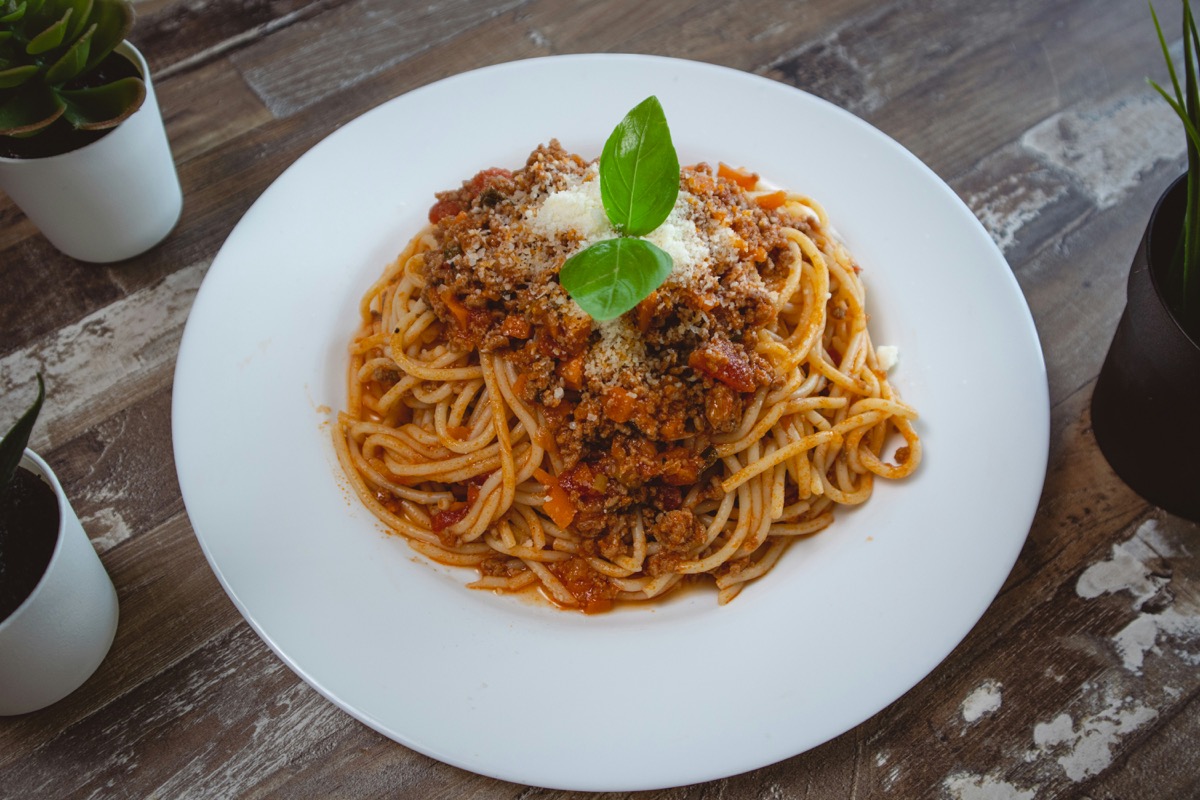The Impact of Fall Comfort Foods on Your Health Goals

Why We Crave Comfort Foods in Fall
As the days grow shorter and darker, many people notice their cravings for sugar, bread, pasta, wine, or baked treats begin to rise. This isn’t just a matter of willpower—it’s rooted in brain chemistry. Shorter days mean less sunlight, which can lower serotonin levels. Serotonin, often called our “happy hormone,” helps bring a sense of calm, steadiness, and inner light.
When serotonin drops in fall and winter, the body often looks for quick fixes—carbs and sweets—that provide a temporary mood boost. This is why fall comfort foods feel so appealing: warm pies, hearty breads, creamy pastas, or an evening glass of wine. The challenge is that these foods spike blood sugar, affect weight, and contribute to other symptoms. And because the mood boost is fleeting, cravings often return even stronger, making it harder to stay aligned with health goals.
The Physiology of Fall Cravings
Julia Ross, in The Craving Cure, calls this pattern “depressed cravers.” We crave starches, sweets, or alcohol to naturally boost serotonin, but over time this cycle can lead to mood swings, fatigue, insomnia, hormone imbalances, and weight changes.
Fortunately, our bodies have built-in ways to restore serotonin naturally. Serotonin is made from tryptophan, an amino acid found in protein-rich foods like turkey (think Thanksgiving!), chicken, grass-fed beef, game meats, and even organ meats. But the conversion process also requires nutrient cofactors—vitamins and minerals that help convert tryptophan into serotonin effectively. Without them, cravings intensify, and mood dips become more common.
Seasonal Shifts: Choosing Foods That Truly Nourish
Sometimes, cravings feel out of control simply because our diet hasn’t shifted with the season. If you’re still eating light summer fare—salads, raw vegetables, smoothies—you may be craving the “wrong” foods because your body is asking for more grounding, warming nourishment.
Fall is a time to transition to:
- Hearty soups and stews
- Roasted root vegetables
- Curries and slow-cooked meals
- Oatmeal and stewed fruits
By aligning your meals with the season, you give your body the comfort it’s seeking in a way that is balancing and stabilizing. This often reduces the pull toward sugar, bread, and processed carbs that can negatively impact health.
How to Enjoy Fall Comfort Foods Mindfully

The good news is you don’t need to avoid your favorite fall foods to stay healthy. In fact, restricting too much can backfire and make cravings even stronger. Instead, intuitive eating and mindful nourishment provide a way to enjoy the cozy flavors of fall without guilt or sabotage.
- Pair comfort foods with protein. If you’re craving pasta, add ground turkey or grass-fed beef to stabilize blood sugar and support serotonin production.
- Notice your body’s signals. Ask yourself: am I eating because I’m hungry, or because I want emotional comfort? Both are okay—but awareness helps you make a conscious choice.
- Savor the experience. When enjoying a seasonal favorite like pumpkin pie or apple crisp, slow down. Engage all your senses and allow satisfaction to come from more than just the taste.
- Create nourishing versions. Swap refined sugar for natural sweeteners, add warming spices like cinnamon and nutmeg, and use whole-food ingredients to keep fall recipes supportive of your health.
Tracking How Foods Make You Feel
One helpful way to build awareness around fall comfort foods is by using the AteMate Food Journalingapp. Instead of focusing on calories or restriction, this tool helps you track not only what you eat, but also how it makes you feel—physically and emotionally.
By reflecting on your energy, mood, digestion, and cravings after meals, you can begin to see patterns. For example, you might notice that a hearty bowl of stew leaves you feeling grounded and satisfied, while pastries leave you tired and craving more sugar. This kind of gentle tracking encourages mindful choices and makes it easier to align comfort with health.
Finding Flexibility Without Guilt
Intuitive eating isn’t about perfection; it’s about balance and self-trust. By understanding the science behind your cravings, shifting into seasonal foods, and choosing nourishing meals that also feel comforting, you can align with your body’s needs rather than fight against them.
This fall, give yourself permission to enjoy the cozy meals that bring warmth and tradition, while also supporting your serotonin naturally with protein, nutrient-rich foods, seasonal foods, and mindful eating practices. Comfort and health can truly coexist.
